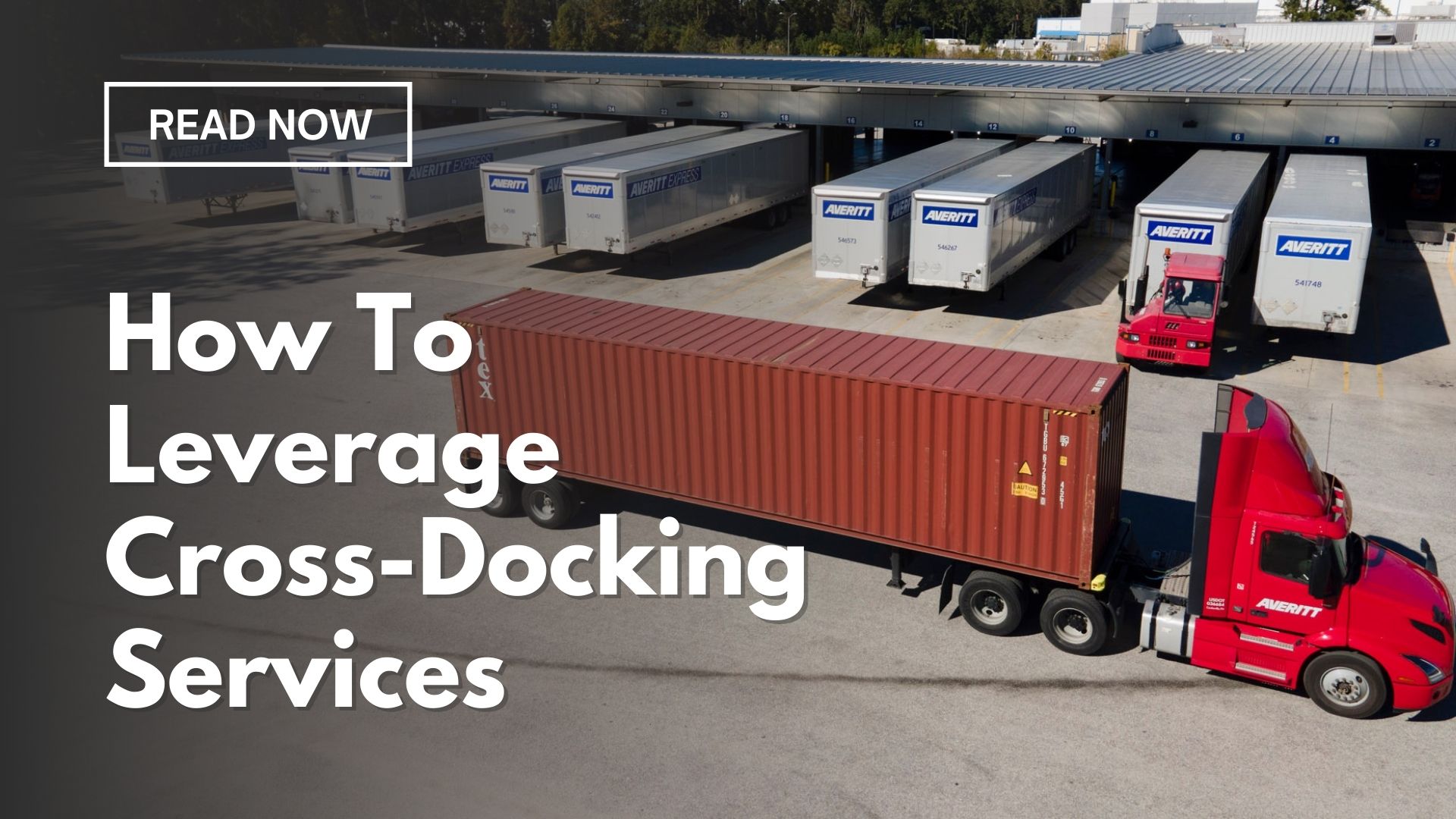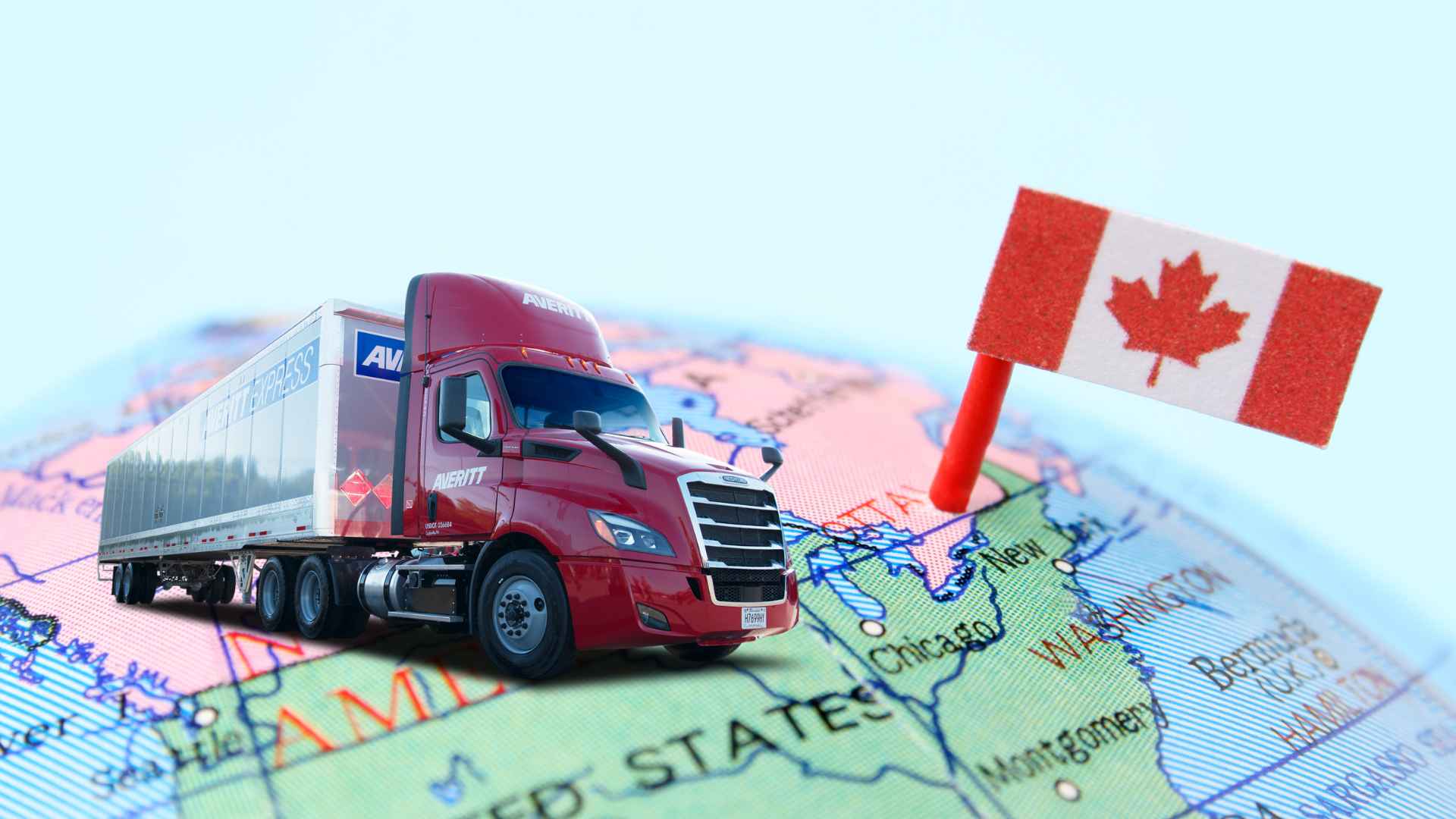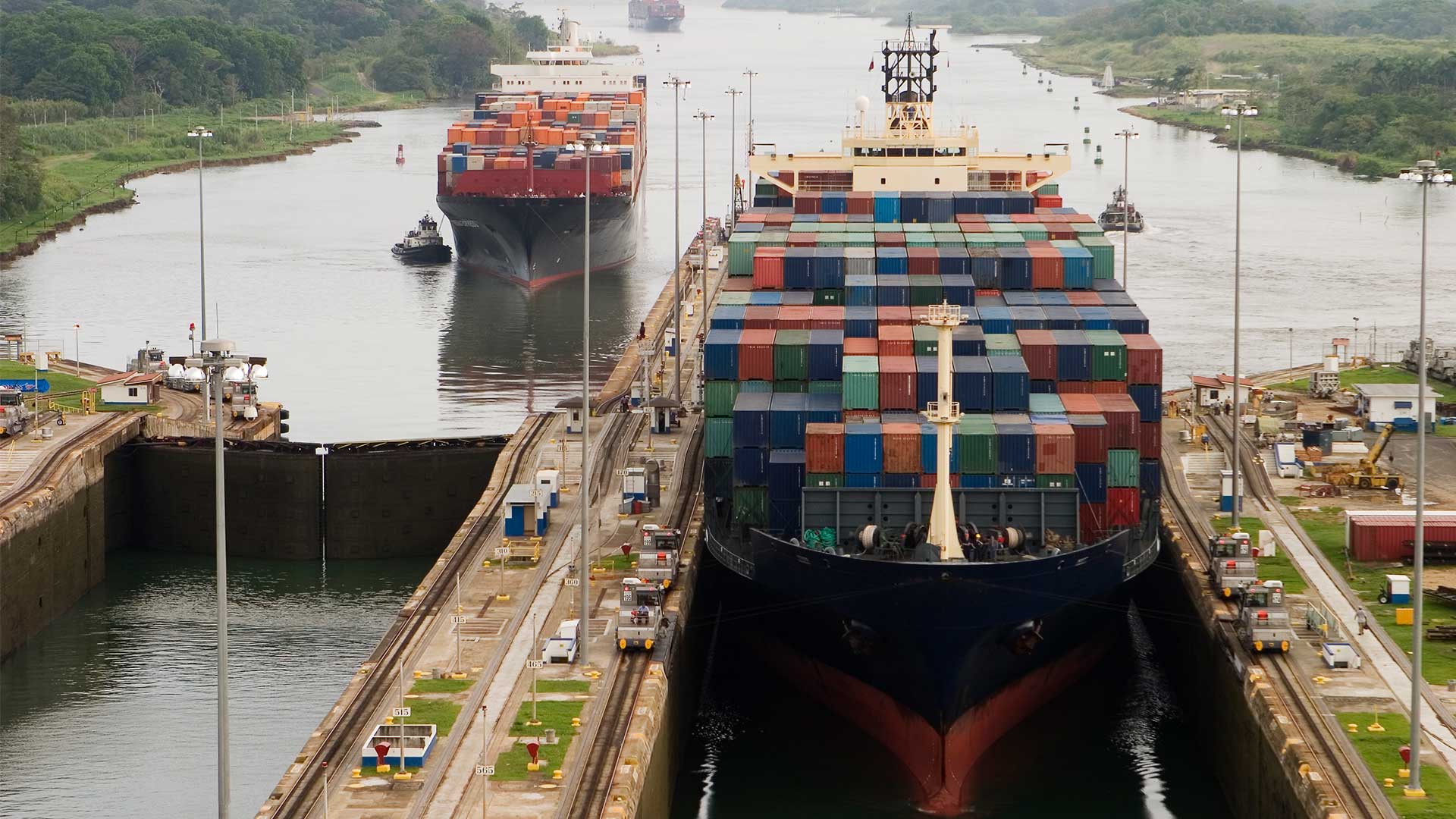In the last week of December 2021, more than 100 container ships were anchored outside the ports of Los Angeles and Long Beach. While that wasn’t the all-time high up until that point, the sheer number shows just how backed up the international supply chain currently is as we begin the new year. With that said, 2021 was a year that shippers, especially those involved with imports, will never forget.
As you could imagine, the biggest challenges that international shippers faced in 2021 was on-time service of containers arriving at the port and then the subsequent journey to inland destinations. When it came to inland delivery from the ports, 33% of respondents in our 7th Annual State of the North American Supply Chain Survey experienced delays last year. That was almost double the amount reported by our respondents in 2020 (17%). In addition, on-time port delivery, which could include container transportation to the port or the unloading of containers from ships, saw a 15 percentage point increase from 2020 (22%) to 2021 (37%).
International Challenge Drivers
Over the past decade, the industry has watched in awe as massive cargo ships somehow continue to become even bigger than the year before. The largest cargo ship, the Ever Ace, can carry almost 24,000 containers. This mega vessel hit the waters just last year.
With more of these mega vessels visiting ports and becoming the standard for cargo transportation, ports around the country and world are having to adapt to accommodate them. This includes deepening the waterways surrounding the ports and building up infrastructure to handle and store a larger number of containers.
At the same time, ports are also faced with labor challenges. In addition to experiencing the difficulties of hiring and retention, the labor contract between the West Coast ports and the unions will expire on July 1. Since the ports of Los Angeles and Long Beach are the busiest in the nation, a failure to reach an agreement will certainly further complicate matters and increase congestion even more than it currently is.
Last but not least, the pandemic continues to wreak havoc across the global supply chain. Throw in sporadic shutdowns of entire ports abroad due to COVID cases and the upcoming Chinese New Year, the first quarter of this year may feel like a continuation of the last.
Tickle-Down Cargonomics
Lined up correctly, knocking down one domino will create a beautiful cascade of other falling dominos. Unfortunately, when it comes to the business, shippers and service providers ultimately want supply chain disruptions to be limited as much as possible. But as discussed in previous sections, delays abroad and congestion at the ports eventually created a series of disruptions downstream.
From LTL to truckload and drayage, rates and capacity will remain tight for the months to come unless there is a sudden release of pressure from above. At the same time, many analysts note that supply chain issues are leading to inflation within the economy. To note that shippers and the industry influence the greater economy and society in general would be an understatement.
Tips To Stay Afloat
All is not doom and gloom when it comes to importing cargo. The fact is that everyone is in the same boat, but those that adapt and get creative may reach their destination sooner.
With most of the inbound cargo hitting the West Coast, where the congestion has been the worst, there may be opportunities for shippers to take advantage of the East and Gulf coasts. The added benefit of moving cargo through these coasts is that most of the U.S. population resides within the eastern portion of the nation. And the /supply-chain-disruptions expanded Panama Canal offers a gateway direct to ports outside of the West Coast.
In addition to more shippers looking to ports along the East and Gulf coasts, inland ports are seeing growth as businesses eye opportunities to minimize supply chain delays. Inland Port Greer and the Appalachian Regional Port, for example, allow shippers farther inland to move cargo via rail between major ports along the coast. This makes it possible to bypass many of the delays that can sometimes occur when trying to secure drayage capacity.
Another strategy that international shippers can use to mitigate the chances of encountering demurrage fees with containers is known as cross-docking services. Cross-docking is a supply chain strategy that involves moving – also known as transload services – freight from one trailer (or cargo container) to another. Typically, crossdocking services are performed at a truck terminal, warehouse or distribution center.
The primary purpose of this strategy is to reduce the amount of time that freight is kept in transit and in storage. Perfectly executed, shippers can reduce their transit times and save money in the long run.
Cross-docking services can be employed near seaports to allow drivers to quickly pick up and return the container. By using a distribution center near a port, shippers can quickly transfer cargo into a traditional trailer and allow the driver to return the container to the container yard.
Averitt’s PortSide Services offer international quick access and turnaround times for cargo needs at numerous major ports, including Charleston, Houston, Jacksonville, Savannah, Los Angeles and Norfolk.
This article is part of a series taken from our Annual Shipper Survey Results Issue of Point to Point. You can click here to down the issue in its entirety for free!









